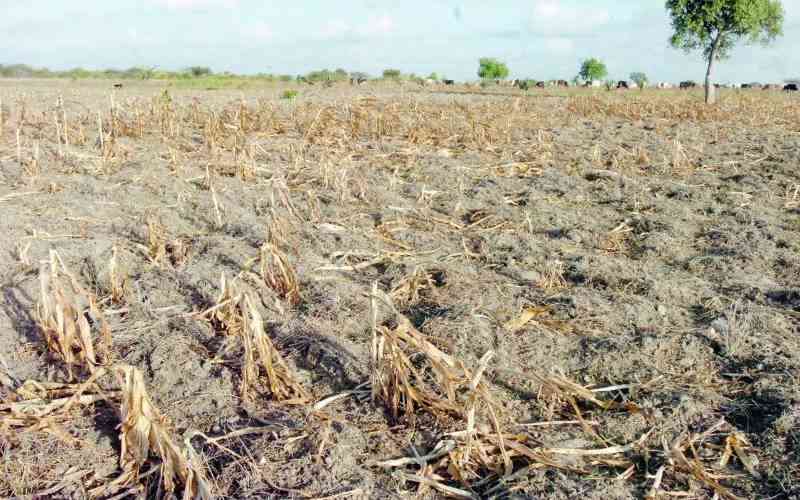
Kenya is headed for a warmer, drier close to the year, with below-average rainfall expected in most regions between October and December, according to the latest forecast by the Kenya Meteorological Department.
The outlook, released Friday, September 5, at the Sarova Stanley Nairobi, shows that much of the country will experience suppressed rainfall during the short rains season, while temperatures will remain higher than average.
The most affected regions are expected to be the Northeast, Southeastern lowlands, Coast, South and Central Rift Valley, and the Lake Victoria Basin.
Highlands east of the Rift Valley, including Nairobi, parts of Kajiado, and western Samburu and Marsabit, will also see drier conditions.
But there will be exceptions. “The Highlands West of the Rift Valley and parts of North-Western are likely to receive near to above average rainfall,” said Kenya MET Director Charles Mugah.
He attributed the outlook to a developing negative Indian Ocean Dipole (IOD), expected to persist through November before returning to neutral in December.
“A negative IOD typically brings drier-than-normal conditions over East Africa, potentially suppressing rainfall during the short rains,” Mugah explained.
Even in areas where rainfall is expected, distribution will be poor, with prolonged dry spells punctuated by occasional storms. Only counties in Western, Nyanza, and parts of the Rift Valley are projected to see fairly well-distributed rains until the end of the year.
The uncertainty is greatest in arid counties such as Turkana, Samburu, Mandera, Wajir, Garissa, Marsabit, and Isiolo, where the onset and cessation of rains remain unclear.
How rains will affect key sectors
The forecast raises concerns across key sectors. Agriculture, Kenya’s economic backbone, faces potential declines in crop and livestock production, which could push food prices higher and fuel inflation.
The Ministry of Agriculture said it is preparing measures to cushion farmers, including improving post-harvest storage, stepping up aflatoxin checks, ensuring timely release of farm inputs and advisories, and strengthening value chains.
Farmers, however, have been warned of reduced yields and lower incomes.
Meanwhile, disaster responders are on high alert for drought, floods, landslides or mudslides, and disease outbreaks.
Humanitarian groups have cautioned that migration and displacement from affected areas could fuel resource conflicts between communities and even between people and wildlife.
Stay informed. Subscribe to our newsletter
Energy supply could also be strained.
While rainy seasons often boost hydroelectric output, Kenyans relying on solar may experience reduced output due to more cloud cover. Reduced rainfall may limit generation, while strong winds could damage power lines.
The report further calls for coordinated preparedness across counties and ministries, more especially those managing arid and semi-arid lands, to mitigate the far-reaching impacts of the predicted weather patterns.







